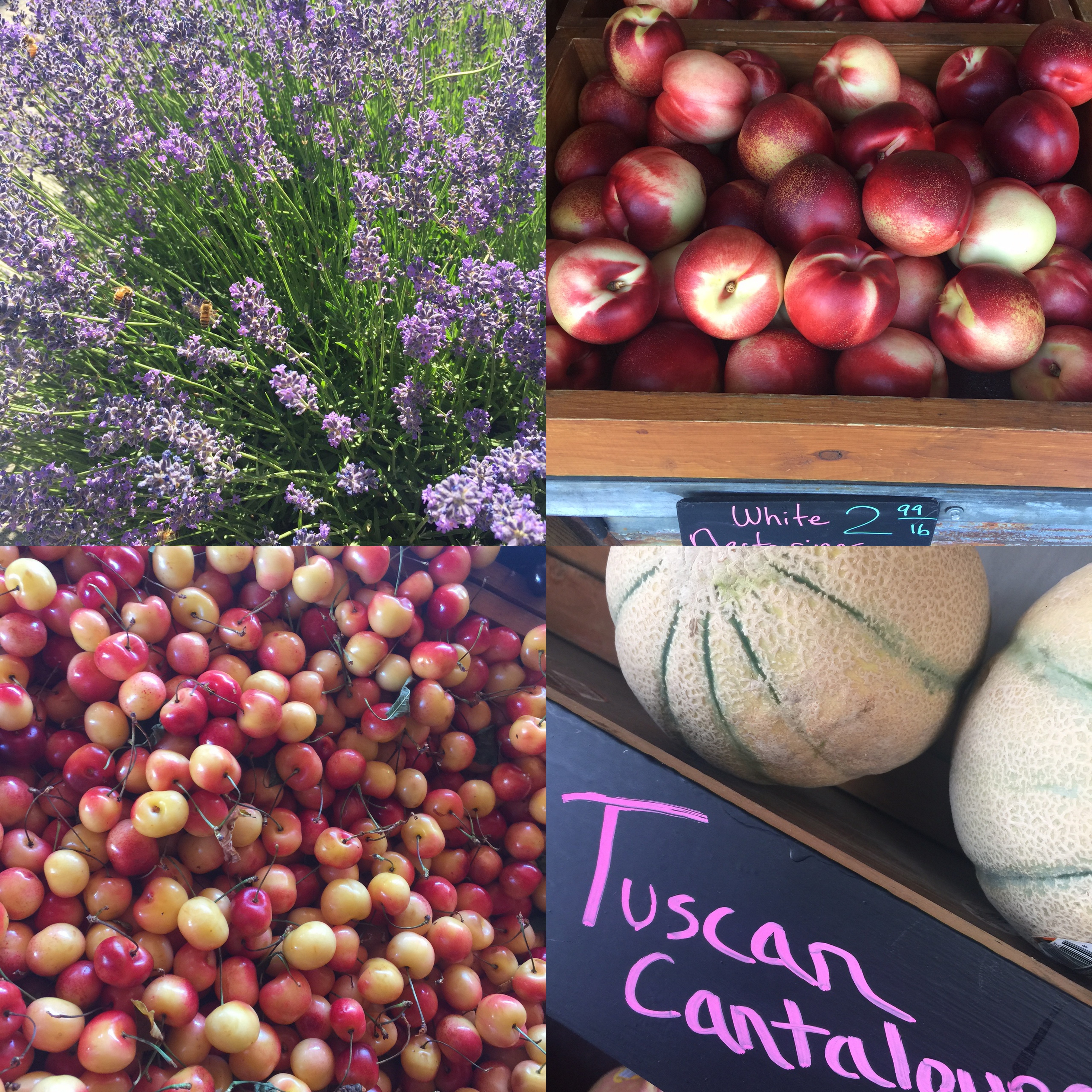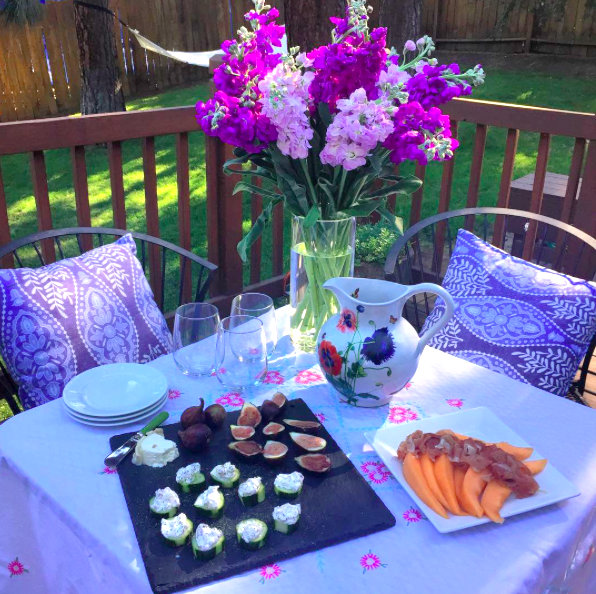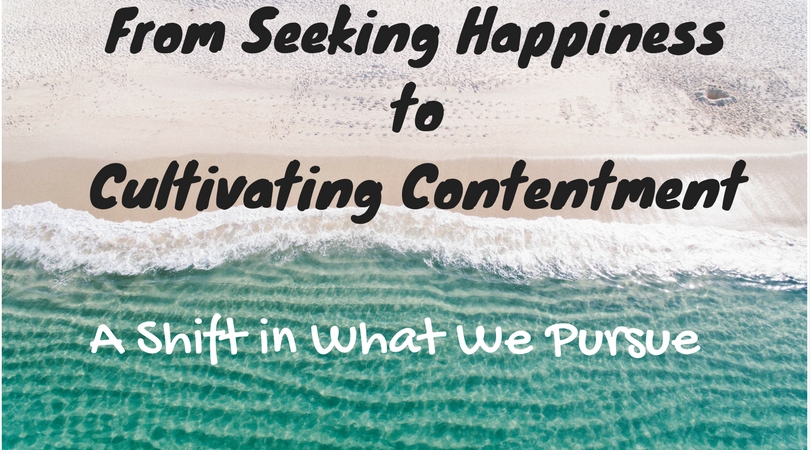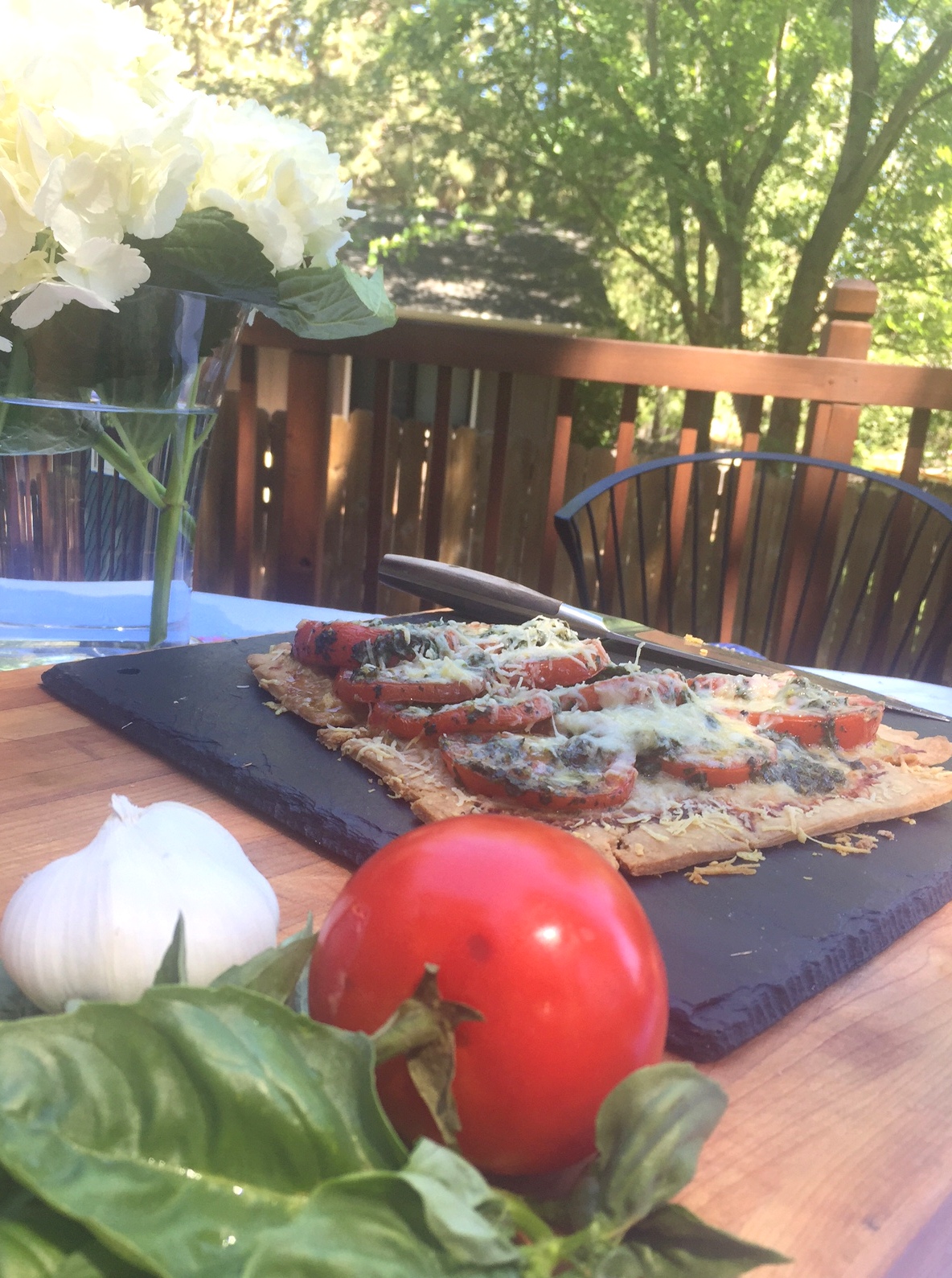Mon, 31 July 2017
~The Simple Sophisticate, episode #166~Subscribe to The Simple Sophisticate: iTunes | Stitcher | iHeartRadio
"If you want to change your partner, change yourself." —Esther Perel, relationship psychotherapist and best-selling author~Enjoy TSLL's first book Choosing The Simply Luxurious Life: A Modern Woman's Guide in audio format on Audible, iTunes, and Amazon. The unexpected adventure you embark upon when you step into a relationship with a potential life partner is that you embark on a journey of self-discovery. Of course, we can and should go on sojourns of self-discovery before we choose to step into a relationship, but because of the nature of a romantic relationship, often our less developed and tender spots don't fully become exposed. After all, when we care for someone and see potential for spending our future with them and they with us, we experience emotions at a more intense level than we may have before and perhaps emotions we may had never experienced before. Whether you are in a relationship that has been seen years together, are just beginning to get to know one another or not in a relationship at all except the one with yourself, understand what Esther Perel reminds us all of above. If we enter into a relationship in hopes of finding someone who will fill a place in our lives, do what we need them to do and forget that a relationship involves two human beings made up of emotions, aspirations, perceived as well as real limitations, than we need to step back from stepping into a relationship in order to have a healthy relationship down the road. A simple understood truth that most people accept is nobody is perfect, but sometimes we skip over this truth and jump to assumptions and high expectations rather than coming to understand the person we are involved with and finding the strength to truthfully express who we are and our curiosities as well as our boundaries. Let's take a look at at what love, real love unveils and asks of us as well. Truths to understand1.You must become a good partner in order to have the opportunity to find and begin to grow a healthy relationship. I must first say, you do not have to have it all figured out when it comes to relationships, what improvements you need to make, etc., etc.. What I mean is that you must come into a relationship as someone who is content in their own company. Someone who is self-aware and therefore also aware of who might make a good partner. Your ability to communicate clearly, as well as be willing to be vulnerable, but also confident and assured so as not to be taken advantage of. 2. A healthy relationship which requires being involved with a secure partner, will provide the opportunity to see faults in ourselves While we are imperfect beings, the truth is when we live on our own or we live in relationships that are not truly intimate, we can refrain from confronting what is obstructing our path to reaching our fullest potential. However, when the carrot of a loving relationship is set before us, we will have moments of opportunity to recognize where can do better. In those moments, take time to reflect, and if necessary, communicate with an objective or trusting third party that will give you tools to shift or change what is no longer working. 3. From time to time we will fall back on defaults that are unhelpful However, the key is recognize these instances when they occur, and gradually with mindful attention, understanding why you do so, choosing a new action that is helpful and healthy rather than hurtful and destructive. 4. High emotional intelligence will not only help you but your partner, and visa versa Becoming someone who can accurately identify how they feel and why they feel the way they do is a step in the direction of refraining from acting unnecessarily on emotions that will soon pass or you are feeling based on past experiences and not due to what is actually and who is actually with you in the present moment. Similarly, when you can do this for yourself, you can then begin to better accurately observe those around you and while not always telling them you know what and why they're doing what they are doing, knowing when it would be helpful and when it would not be. 5. Courage & bravery are required Initially, these may be viewed as the same skill, but the repetition is necessary. We will need to be courageous to reveal who we truly are, what we actually need and be honest about where we can let go. And we will also have to be brave to open our lives up to an individual who is not as well known to us as we know ourselves. 6. It's easy to react. It's more difficult to respond. However, with thoughtful practice, responding can become your default rather than reacting. It just takes conscious effort. Learn more about the difference between reacting and responding here. What the journey will involve1.Both partners consistently choosing to figure out how to best make the relationship work and work well for both individuals involved, as well as for the relationship they want to build together. What do you want? What does your partner want? What do we want as a couple? Have these conversations, don't be shy. Talk calmly and when you're ready. Explain what makes you feel loved, explain what makes you feel anxious. Talk through it and work through it. Time is often needed as you begin to mesh and move together through life, but communication of what works for you, where you can compromise and where you cannot is the only way to best make a relationship work for both individuals in a partnership. 2. A choice to love beyond the surface Exterior appearances can be beguiling, enticing and eye-catching. However, as adults, we can appreciate beauty from afar because we recognize that the beauty we see with our eyes is not the only nor the most significant beauty one can possess. 3. Choosing to treat your partner lovingly even during frustrating times It will take a conscious choice to respond rather than react. Being aware of how we are feeling, why we are feeling and not being led around by our emotions is key to maintaining and growing stable, healthy relationships. 4. Moments of deep breaths and time on your own to work through new feelings, circumstances, conflicts, etc. Everything that isn't working out in this moment doesn't need to be solved in this moment (even though we might want it to be because of the uncertainty and anguish it is causing). When we understand our emotions, when we understand ourselves well, we will also be stronger to step away from a conversation that may be highly charged due to a variety of reasons, respectfully explain you need a walk, or some time to collect your thoughts or something to indicate, that you will not move on for good, but you need to step back for now to gain some perspective and come back with a calm and clear head. 5. Understanding that our partner is not perfect We know this logically, but when we meet and begin to build a relationship with someone, it's natural to have high hopes. The key is to have hope rather than expectation. If we default to expectations, we set traps to fall through and get caught. But if we have hope, we are remaining optimistic while being open to what may be. 6. Perspective of what is truly important There will be moments during a relationship when things don't work out as you had hoped and disappointment arises. Perhaps not because of anything either partner could control, and while it is okay to express disappointment, it is also important to put it into perspective with the entire journey you are on together. Will this matter 1 year from now? Will it matter 10 years from now? Simple questions to ask yourself to enable you to not blow small hiccups into ginormous struggles. Sharing and feeling love with another person is a journey, none of which are exactly alike. And I think keeping that fact in mind is key. Key as well is understanding that your vision of a healthy, happy relationship may be slightly or drastically different from your partners and the only way to discover this is to communicate and begin to reveal your lives together, your real selves, yes, your best selves, but knowing that we will have off days and even in those days our best selves will be different. Love asks us to look within and examine ourselves. This can be scary, but often when something is scary it is life's way of saying, look a little closer, examine what is really going on because in so doing, you will set yourself free. ~TSLL's Audio Book is Now Available: What a Worthwhile Journey Petit Plaisir:~Homemade Ricotta Mousse & Fresh BerriesToday’s sponsor of The Simple Sophisticate was Trunk. A journaling app to keep your thoughts saved recorded and a daily habit. Try it free for 30 months without having to share your buying information. If you like the app after 30 days, you can buy it when prompted. Currently available on iTunes – find it here. |
Mon, 24 July 2017
~The Simple Sophisticate, episode #165~Subscribe to The Simple Sophisticate: iTunes | Stitcher | iHeartRadio
"Right food, right place, right time. It is my belief . . . that this is the best recipe of all. A crab sandwich by the sea on a June afternoon; a slice of roast goose with applesauce and roast potatoes on Christmas Day; hot sausages and a chuck of roast pumpkin on a frost-sparkling night in November. These are meals who success relies not on the expertise of the cook but on the more basic premise that this is the food of the moment - something eaten at a time when it is most appropriate, when the ingredients are at their peak of perfections, when the food, the cook and the time of year are at one with each other." —Nigel Slater in The Kitchen Diaries: A Year in the Kitchen with Nigel Slater Being able to have what we want is not always a blessing. But having what we need is imperative to our well-being, and what we need is nutrient-rich food and when it tastes its most delicious, it is all the more attractive to enjoy. Supermarkets have made the food we love available for consumers year-round, but we all know a tomato in December here in the states tastes nothing like its summer counterpart. Instead pick up an apple or if you are in Hawaii or on the west coast, a rambutans (seasonally available September through March). Satisfy your sweet-tooth and eat what is readily avilable and full of flavor. I can only speak for myself, but part of the reason I fall into the habit of eating the same vegetable, fruit or meal year round as a go-to is it's easy, I think it saves me time and I don't have to think about it. And while it does ease the need to have to figure out what to eat each night or for lunch, it isn't actually the best for my health. Initially, it will take time and our full attention to learn what is in season and know what to do with it when we get it back to our kitchen, but once we gain this knowledge, it becomes a habit. In essence, we are becoming our own home chef capable of cooking anything with fresh ingredients and what is left in the refrigerator. This feat may sound impossible, and you may be someone who doesn't love to cook, but most of us eat at home a majority of the time, so it doesn't have to be a passion and you don't have to be a foodie to learn the basics of seasonal cooking. Your health, your waistline and your peace of mind will thank you. 1. Shop at small local shops, markets and specialties businesses A fish market, a cheese shop, the local bakery, the farm stand, your neighbor's petite produce stand, choosing to frequent such food options rather than the giant supermarket will make the shopping experience far more pleasurable and the food you purchase will be fresher and most likely in season. As well, you can begin to establish relationships with the experts who run each business, ask them questions and learn about what you will be eating and feeding those you love. 2. Shop once a week for stock up items in the épicerie, but day to day for fresh food "[The Kitchen Diaries] is a gentle plea to buy something, however, small, each day, to take time to shop, to treat it as a pleasure rather than a chore." —Nigel Slater The weekly capsule menu is something I believe works wonderfully for planning the meals for the week and the ingredients, which should be versatile, for each recipe item. And while I typically do a weekly shopping run to my farmers market or Trader Joe's, I do stop by the local produce stand or the bakery, etc. throughout the week to ensure I have the freshest ingredients. 3. Curate a kitchen space that works well, no fancy gadgets necessary As anyone who has traveled in Europe and England will attest, kitchens are very small even in the most grand of cities, and while many people especially in Paris and London and well, name your favorite destination, will want to dine at the many restaurants, cooking in a small kitchen is very possible. So don't let the size of your kitchen be the roadblock. I always think of Rachel Khoo in her little Paris kitchen cooking away in minimal space. Most importantly, regardless of space, make sure you have the basic tools and essentials as well as a well-stocked épicerie. See my detailed list for both here. 4. Plant a garden, no matter how much space you have. Whether you have a large plot of land or a window sill, plant what you can, what you're curious about and with each year, add something different, try something new. As well, try to plant something to be enjoyed in each season: rhubarb in the early spring, strawberries in late spring, fresh herbs all summer (sometimes year round depending upon where you keep them), squash and pumpkin in the fall, the possibilities are endless. Have fun and play in the dirt. 5. Educate yourself on seasonal offerings Whether from books, cookbooks are a delight to read, and you learn as you peruse each recipe especially if it is organized seasonally, or textbooks, food television programs or your local farmer, become curious about what is in season where you live. Choose to see it as an adventure of discovery. When I approach cooking this way, I don't kick myself if something doesn't work out, I celebrate the opportunity to try and regardless the food (because it's in season) is usually delicious (again, not because of my prowess, but because seasonal food is good all on its own). I found this very helpful online source for all fifty states. You simply choose your state, the season and voila! It shares not only the produce that should be available and at its freshest, but recipes as well. ~Eat the Seasons (a helpful guide for North America and United Kingdom citizens) ~Epicurious is also a worthwhile resource for recipes on seasonal food, organized by the season 6. Discover the power of food The list is long of which to read to learn about what is the best balanced diet and how and where to find the nutrients you seek, but understanding where you can find fiber (grains - the less processed the better) and understanding exactly what an avocado gifts to your body encourages you to step toward these foods with curiosity and not fear that you are going to be eating too much fat or calories. With these two items, they will satiate you long before the calorie count is anything to worry about, and fat isn't bad, remember this. "Roast rhubarb on a January morning; 'pick-your-own' strawberries in June: a piece of chicken on the grill on an August evening . . . This is more than just something to eat, it is food to be celebrated, food that is somehow in tune with the rhythm of nature. Quite simply, the right food at the right time."— Nigel Slater 7. Have a plan The primary reason I have created seasonal capsule menus is to provide a starting point or foundation for how to cook seasonally in fall and spring (summer and winter will be coming in my second book to be released in 2018!). With time and practice, you'll begin to incorporate your favorite ingredients and discover which recipes you like and even create your own. 8. Keep it simple Truly, the best meal you will make on a regular basis should be simple, because again, it is the food, the quality of food, that makes it so. For example, my go-to recipe for vegetables year round is to roast them. Name the vegetable and for the most part, I will roast it. Asparagus in the spring, add some lemon and a bay leaf; zucchini and squash in summer and fall - olive oil drizzle, salt and pepper - 400 degrees for 30 minutes; broccoli in the fall through early spring. Oh, and I just tried roasted cauliflower finished in the last two minutes with Gruyère and Parmesan - delicious! 9. Try learning and incorporating a new habit each week Perhaps one week you will learn and become confident with roasting, maybe the next week making your own herb butter, then the next a beloved go-to vinaigrette. Whenever you eat out and you taste something you love, ask the chef how they made it (or the waiter/ess to ask the chef). I recently had the most delicious huckleberry ricotta mousse, and out of curiosity (as huckleberries have a very limited season) I wanted to remember this recipe for the next year. They happily shared the ingredients, and I went online and found a ricotta mousse recipe from a trusted source and adapted it to my taste. (Check out my recipe for Homemade Ricotta Mousse with Fresh Berries here.) 10. Dine at farm to table restaurants One of the best ways to learn about seasonal food is to try it as it is prepared by well-trained chefs. More and more restaurants are following this model of seasonal recipes and in so doing are teaching and informing their patrons how to cook delicious food at home. Learning how to feed our bodies well takes time, but hopefully with these tips, the journey through the seasons will be pleasurable, delicious and an experience to savor rather than a task to complete. "The doctor of the future will give no medication, but will interest his patients in the care of the human frame, diet and in the cause and prevention of disease." ~Thomas Edison ~Below are a handful of seasonal cookbooks that come highly recommended, some new, some time-tested.
~SIMILAR POSTS FROM THE ARCHIVES YOU MIGHT ENJOY: ~Farmers Markets: How to Make the Most of Your Visit No Matter Where You Live ~A Capsule Menu: What It Is and How to Create Your Own ~Why Not . . . Feed Your Body Well? ~Why Not . . . Keep It Simple in the Kitchen? ~Why Not . . . Cook with Olive Oil? ~Why Not . . . Buy Local Produce? ~Why Not . . . Treat Your Body Like a Temple?
Petit Plaisir:~The Kitchen Diaries by Nigel Slater
Today's sponsor of The Simple Sophisticate was Trunk. A journaling app to keep your thoughts saved recorded and a daily habit. Try it free for 30 months without having to share your buying information. If you like the app after 30 days, you can buy it when prompted. Currently available on iTunes - find it here. |
Mon, 17 July 2017
~The Simple Sophisticate, episode #164~Subscribe to The Simple Sophisticate: iTunes | Stitcher | iHeartRadio |
Mon, 10 July 2017
~The Simple Sophisticate, episode #163~Subscribe to The Simple Sophisticate: iTunes | Stitcher | iHeartRadio
"Growing your inner strengths through taking in the good is like deepening the keel of a sailboat so that it's less jostled by the worldly winds, it recovers more quickly from big storms, and you can now safely head out into deeper waters in pursuit of your dreams." —Rick Hanson, author of Hardwiring HappinessThe founding premise of the book Hardwiring Happiness is change your brain, change your life for the better. Having discussed this fact before on the blog/podcast, it may not appear to be profound on the surface, but what always keeps me reading is how do we change our brain to change our lives for the better, how does it actually work neurologically? And the how is exactly what made the most sense to me above any other book I have read upon reading Hardwiring Happiness. Simply put, we need to deeply savor the good that occurs in our lives, the small as well as the overtly large and as we do, we begin to build new synapses into our brain, enabling it to expect the good rather than spontaneously always looking for the bad. The skill that we all need to develop, practice multiple times a day and then use habitually is to take in the good. What is meant by this is a four step process which Hanson outlines in his book, but essentially it is to be present in your life, to be engaged, to be paying attention, and thus, to recognize, and then savor those moments, no matter how small or large, that are good. "By taking just a few extra seconds to stay with a positive experience you'll help turn a passing mental state into lasting neural structure . . . the practice brings you into the present moment and teaches you to have more control over your attention." Did you wake up and feel rested? Savor this moment for 10 more seconds and let it truly be absorbed by your mind. Did you receive a loving gesture from your partner? Slow down and savor it, engraining into your memory to be appreciated even after the moment has passed. Did you feel safe in your home last night? Tip your hat to the world you have created and take a deep breath to again welcome even more appreciation of the fact into your being. An analogy (and he uses an abundance of them throughout the book which I found quite helpful) Hanson uses to describe the three step process of rewiring the brain is comparing it to making a fire: "Step 1 lights it, step 2 adds fuel to keep it going, and step 3 fills you with its warmth." He also further explains that often step 2 & 3 overlap which makes sense because you can adding wood to the fire to keep it going as you are remaining warm. To repeat the steps (notice the acronym - HEAL):
All of this may sound overly simplified, but after reading and coming to understand how the brain works, how it creates paths of memory and why it has evolved the way it has, Dr. Hanson, who is a neuropsychologist, demonstrates that it is in the daily routines and the daily tracks we allow to run through our mind that create a happier, I like to use the word contented, way of living every single day not matter what is going on outside of us. Why? Dr. Hanson dives deeply into this, but a basic synopsis is "In a positive circle, feeling better helps you act better, which helps the world treat you better, which helps you feel better." And on the flip-side, if we continue to let negative events run through our minds and become absorbed by them, we are making tracks in our mind, strengthening synapses that reinforce the need to be on the look out for negative and thus reactive rather than responsive which I detailed in episode #145 of the podcast. In fact, Dr. Hanson points out due to our ancestral need for survival which actually impedes our way of life in the 21st century, our brain is designed in such a away that "negative stimuli are perceived more rapidly and easily than positive stimuli". In other words, "the default setting of the brain is to overestimate threats and underestimate opportunities and underestimate resources both for coping with threats and for fulfilling opportunities". Which is why, it requires a conscious effort to rewire the brain to be less fearful and more positive seeking, and if we do nothing, the above hereditary scenario will persist throughout the duration of our lives blocking us from attaining our full potential. Knowledge of how the brain works is power. And upon reading the book, if further understanding of the most powerful tool in your body is of interest to you, you will appreciate this book and how he delivers the information. Let's talk about the "how" of savoring the good moments, both enriching them and absorbing them. 1. Slow down In order to recognize when a good moment has occurred, we need to slow down. At that time, take 10 more seconds to just fully observe, imprint in your memory what is going well. 2. Become fully aware of what surrounds you Being present in the now will help you to be fully aware of all that is going on, all that is going well and even if certain things are not, because you are fully aware, you can put it into perspective, bring forward the good and ratcheting down the not so good so that it doesn't become more inflamed than it needs to be. 3. Strengthen emotional intelligence There are many components to being emotionally intelligent (I go in detail in episode #140), but the key component to rewiring your brain is to be able to identify your emotions and what you are feeling accurately. And then once you understand what you are feeling, if it is a positive feeling, you can grow the feeling into a mood - for example as Dr. Hanson points out, you can grow a feeling of gladness and gratitude into a mood of contentment. Conversely, if you recognize you are feeling sad about something, you can combat the feeling from developing into a mood of depression simply by recognizing what you are feeling, why you are feeling and combating it by shifting your mind and even your environment to a positive scenario so that your mind doesn't become fixating on something that isn't productive or helpful. 4. Instead of wanting, choose to like or appreciate the moment Often we are fully aware that a moment or an experience is exponentially good and because we know it is good, we want more of it. But by wanting, as Hanson points out, we aren't experiencing what is going on right now. We are removing ourselves from the situation and acting in such a way that reveals we unconsciously feel we lack something, thus the "want". In fact, our "want" is killing any growth of more goodness. Instead, be present, enjoy what is occurring, appreciate it for what it is without cajoling to trying to make more and relish what you have the opportunity to be amongst. As I have learned upon bringing more appreciative and secure people into my life, is that when such beautiful moments happen, I can take that moment with me in my memory so long as I savor the experience and allow my memory to absorb it fully and then replay it whenever I need to to brighten my future days. Again, more is not better, simply deepen what you are given by following the three step process: have a good experience, enrich it/savor it and absorb it/commit it to memory. 5. Give yourself permission I recently was listening to Christopher Kimball's Milk Street Radio podcast, and he was interviewing Nigella Lawson who stated on the topic of guilty pleasures, "Look, if you feel guilty about pleasure, you don't deserve to have pleasure." Back in 2013 I wrote a post about the difference between pleasure and joy, and while one is not bad and the other good, knowing where each is derived is important. However, with regards to rewiring the brain, anytime we observe and experience a pleasure, we can turn the pleasure into joy which is something entirely within our own control. For example, I pulled an excerpt from the post mentioned above. Here is a list of how to welcome more joy into your life, and upon doing so, you can make all of these moments opportunities to rewire your brain as you shift to a more contented way of living each and every day. 1. Look inward – become at peace with who you are, and celebrate your uniqueness. 2. Take time to meditate, pray and be still. 3. Allow external inspiration (art, nature, music, conversation) to stir your inner creativity, and act upon those moments of inspiration – create, dream and act according to what is provoked within you. 4. Figure out your purpose/passion and then go pursue it 5. Be thankful for what you already have, rather than what you lack 6. Give when you have the resources, time and energy to do so 7. Pursue avenues/dreams that are meaningful and align with your values 8. Plan activities that cultivate more moments of joy – simple meals, gatherings, events that you are curious about, etc. The conclusion of Hardwiring Happiness that drove the point home for me of choosing to take on the task of changing the hardwiring my brain (because initially it will have to be an entirely conscious choice) was the realization that when we shift away from seeking more happiness and running or trying to avoid pain, we come to recognize that we have the ability to be content wherever we are at any given moment. We have that power. We do not have to chase it, we don't have to run from what we perceive as bad moments. Because as we begin to live more consciously, as we begin to focus on the good, take it in fully and commit it to memory, we begin to build a life that snowballs in the best of ways. The cycle that was mentioned above strengthens and we attract people, moments and environments that are full of goodness to appreciate because we are someone who brings and cultivates moments of goodness in our lives and those around us. "Taking in the good is not about chasing after pleasure or chasing away pain. It's about bringing the chase to an end." ~SIMILAR POSTS FROM THE ARCHIVES YOU MIGHT ENJOY: ~How to Be the Master of Your Mind ~11 Ways to Live More Mindfully ~From Seeking Happiness to Cultivating Contentment: A Shift in What We Pursue (podcast)
Petit Plaisir:~The perfect simple and delicious appetizer for summer: Melons & Prosciutto (cantaloupe & cured ham)History: An Italian antipasti favorite, dating back to the second century, it was Galeno, a doctor during this time who believed that the combination of these two ingredients was the perfect way to incorporate the four things a being needed to feed what he believed each human was made of - warm, cold, dry and juicy corresponding to the four elements fire, air, earth and water. The melon was cold and juicy and the cured ham was dry and warm (salty and cured). Learn more here. ~The other appetizers are Tangy Cucumber Bites (recipe here) and figs with chèvre.
All images via TSLL's Instagram & IG stories SaveSaveSaveSave |
Mon, 3 July 2017
~The Simple Sophisticate, episode #162~Subscribe to The Simple Sophisticate: iTunes | Stitcher | iHeartRadio |
The Simple Sophisticate - Intelligent Living Paired with Signature Style

Categories
lifestylemoney
fashion
general
food
relationships
beauty
holidays
style
decor
etiquette
technology
dating
clothing
news
happiness
health
finances
self-help
feminism
french living
communication
inspiration
self-improvement
cooking
French-inspired
podcast
travel
entertaining
Archives
AprilMarch
February
January
December
November
October
September
August
July
June
May
April
March
February
January
December
November
October
September
August
July
June
May
April
March
February
January
December
November
October
September
August
June
May
April
March
February
January
December
November
October
September
August
July
June
May
April
March
February
January
December
November
October
September
August
July
June
May
March
February
January
December
November
October
September
August
July
June
May
April
March
February
January
December
November
October
September
August
July
June
May
April
March
February
January
December
November
October
September
August
July
June
May
April
March
February
January
December
November
October
September
August
July
June
May
April
March
February
January
December
November
October
September
August
| S | M | T | W | T | F | S |
|---|---|---|---|---|---|---|
| 1 | ||||||
| 2 | 3 | 4 | 5 | 6 | 7 | 8 |
| 9 | 10 | 11 | 12 | 13 | 14 | 15 |
| 16 | 17 | 18 | 19 | 20 | 21 | 22 |
| 23 | 24 | 25 | 26 | 27 | 28 | 29 |
| 30 | 31 | |||||
Syndication

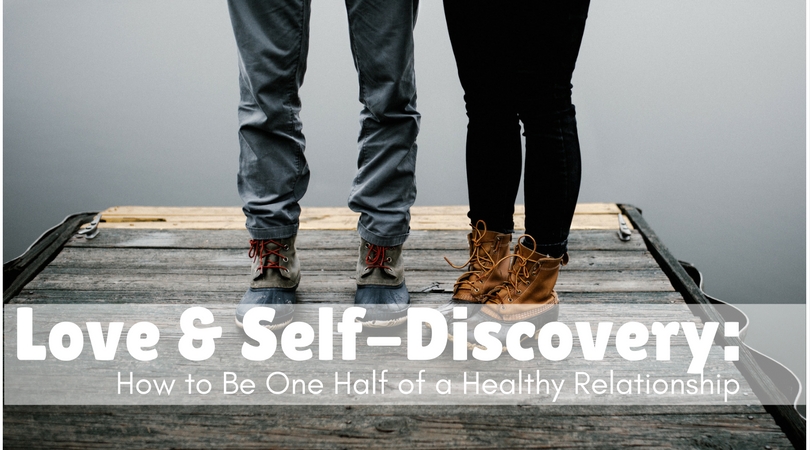
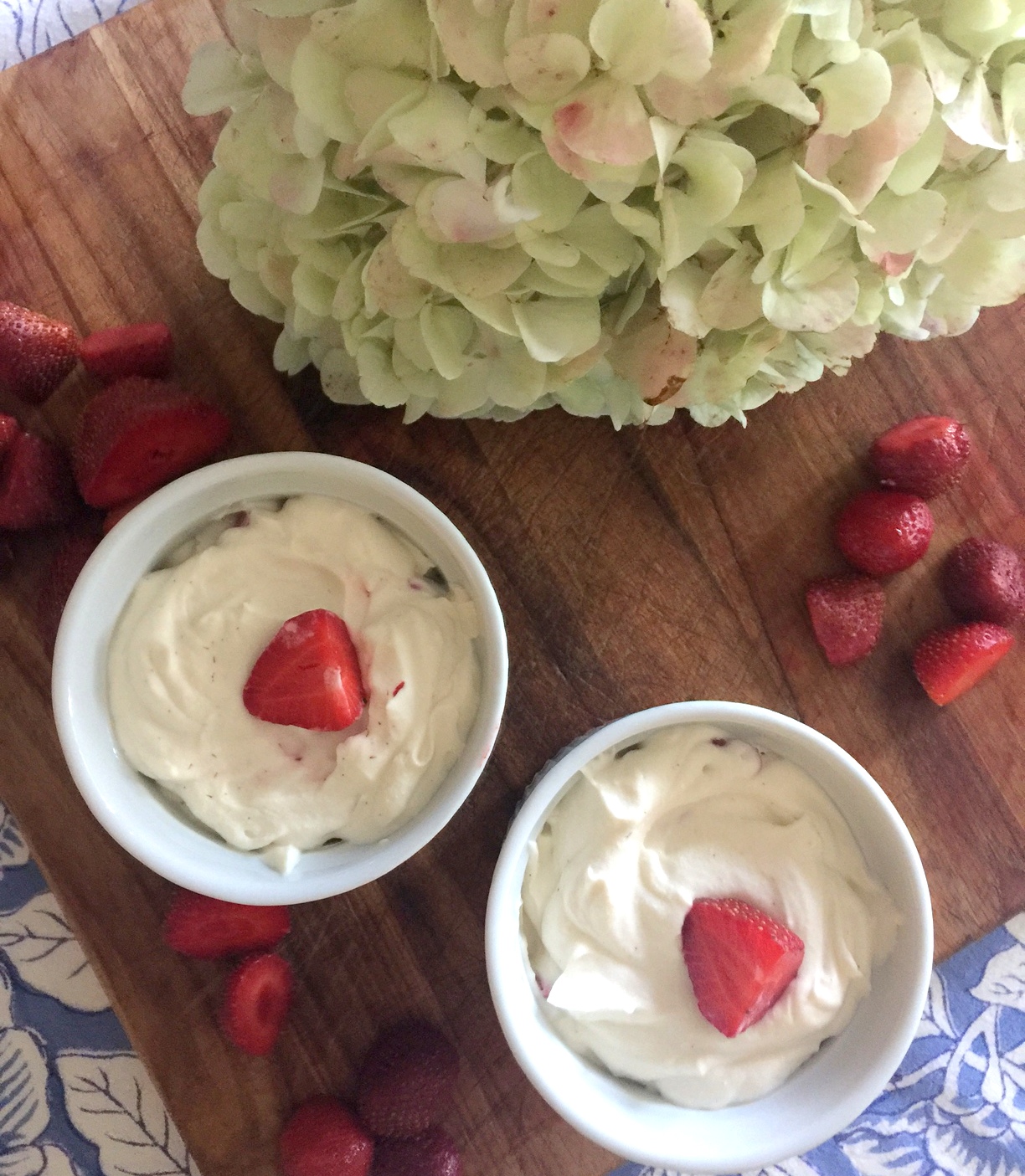

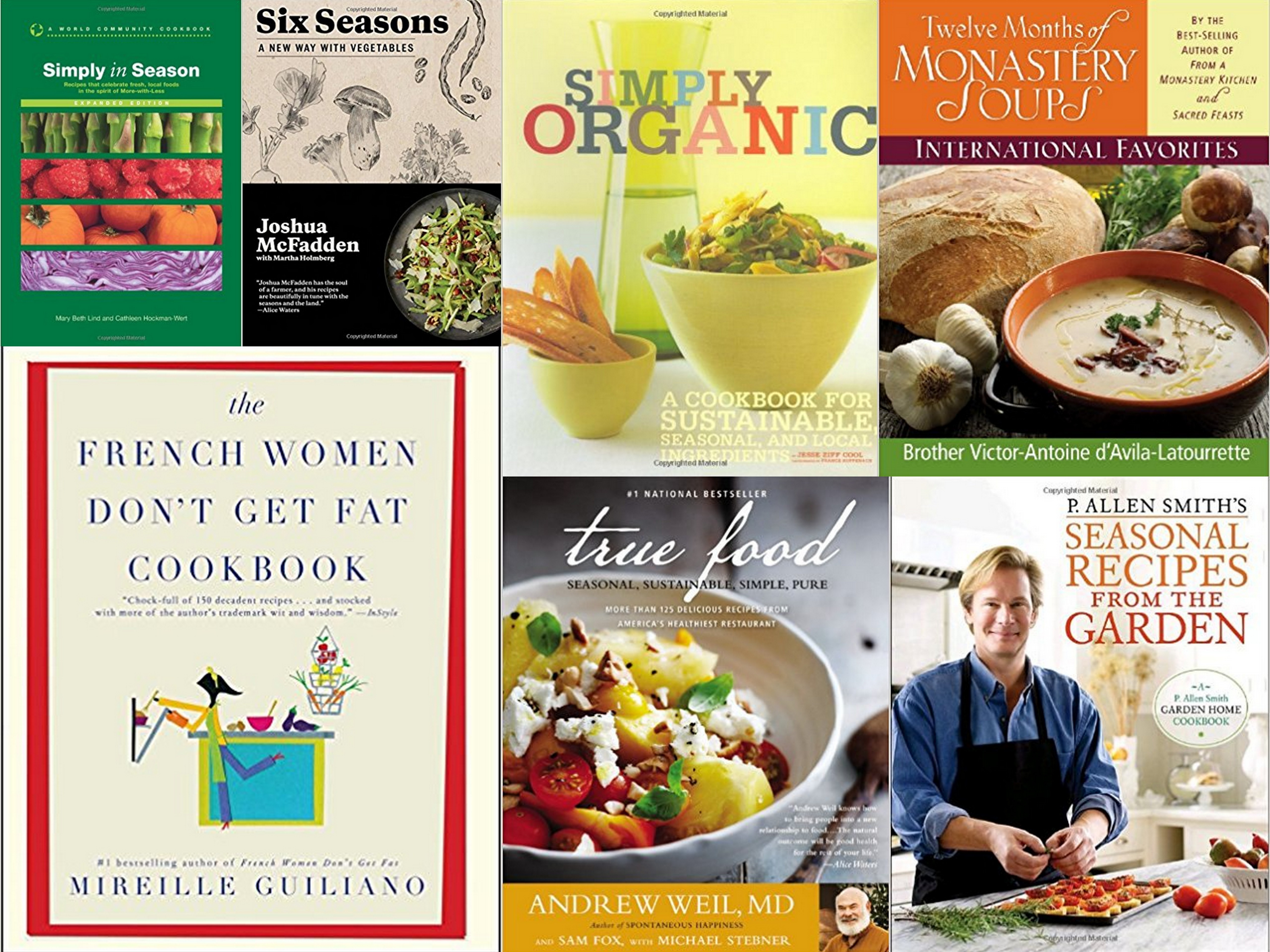
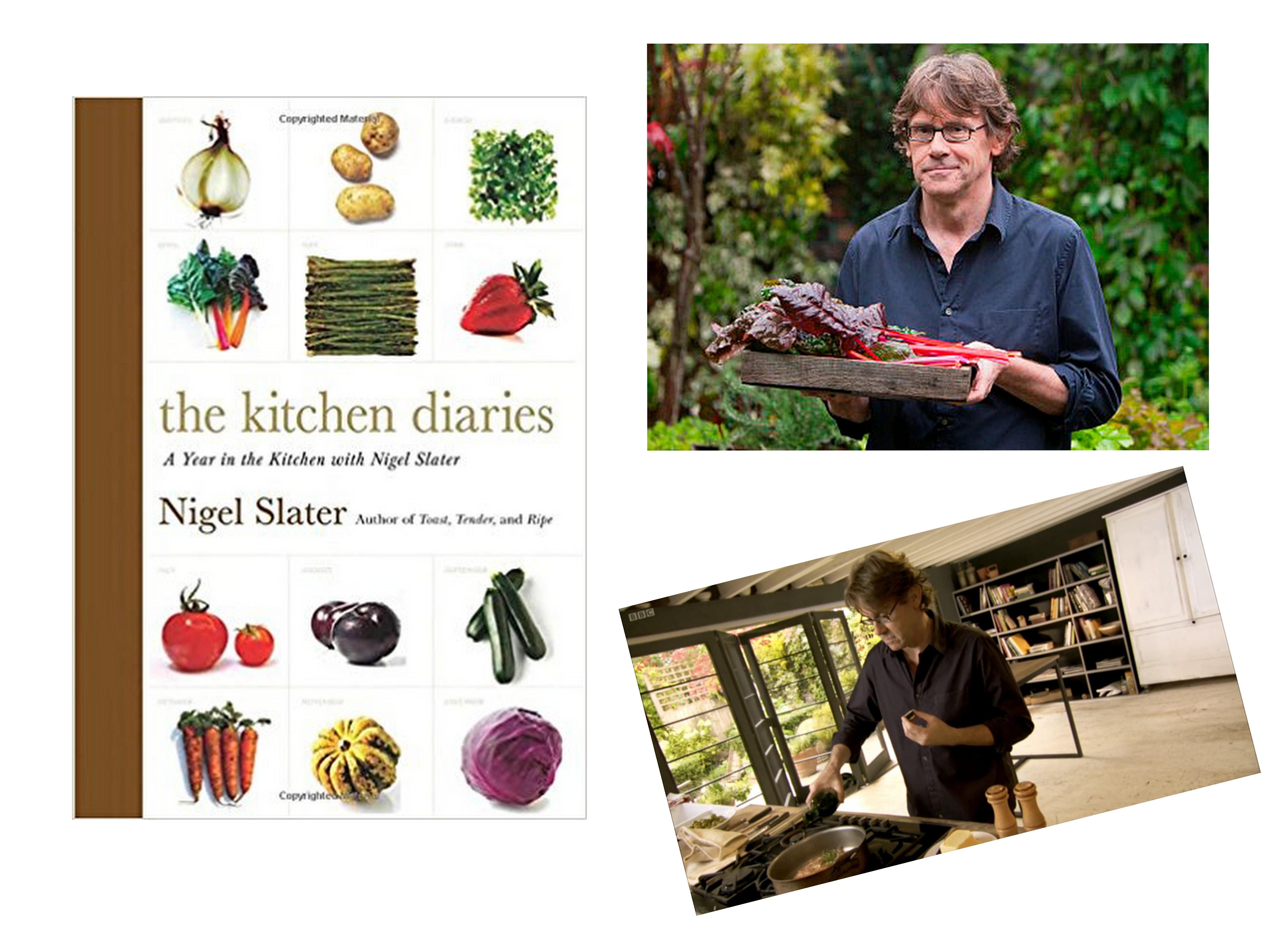

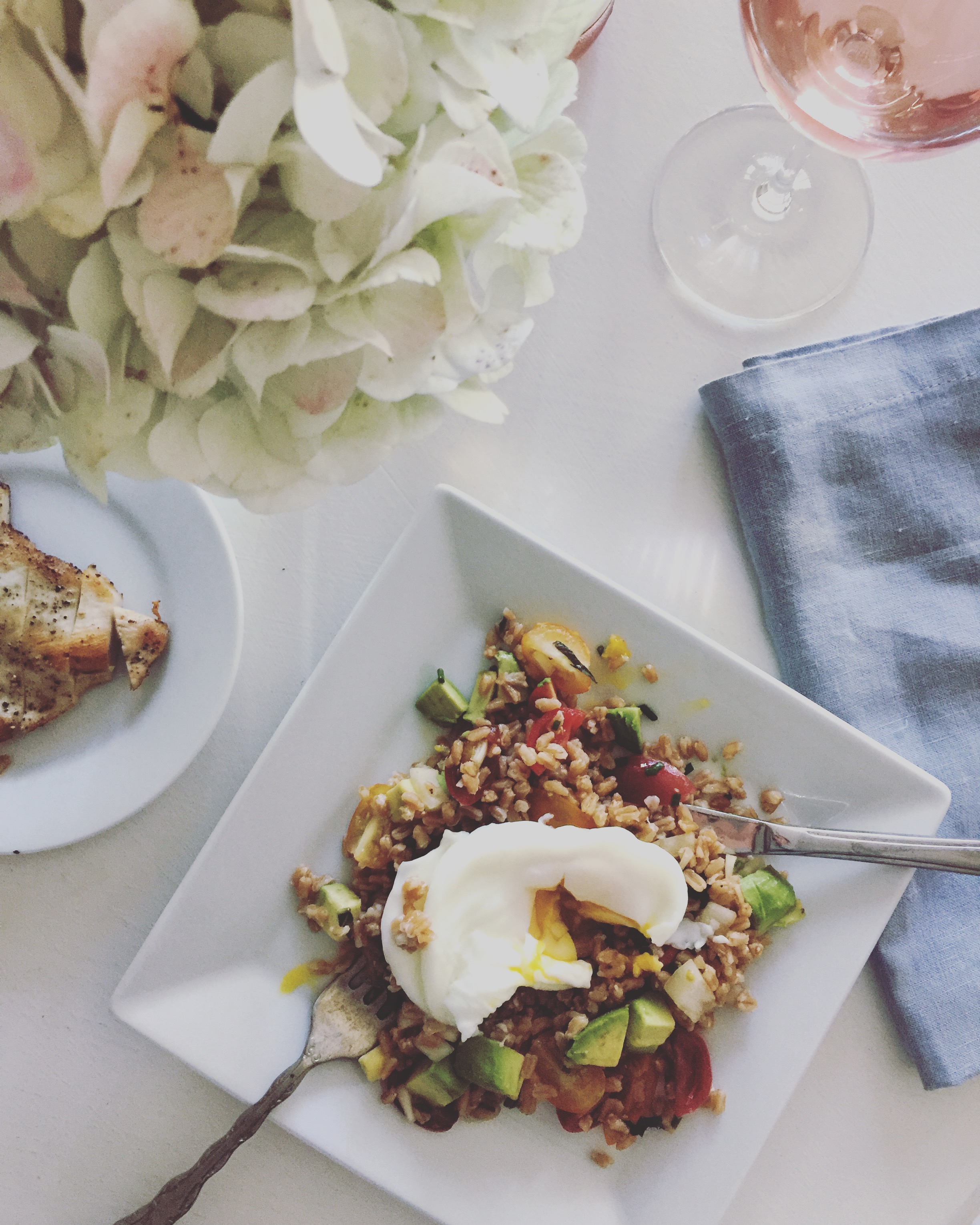 SaveSave
SaveSave